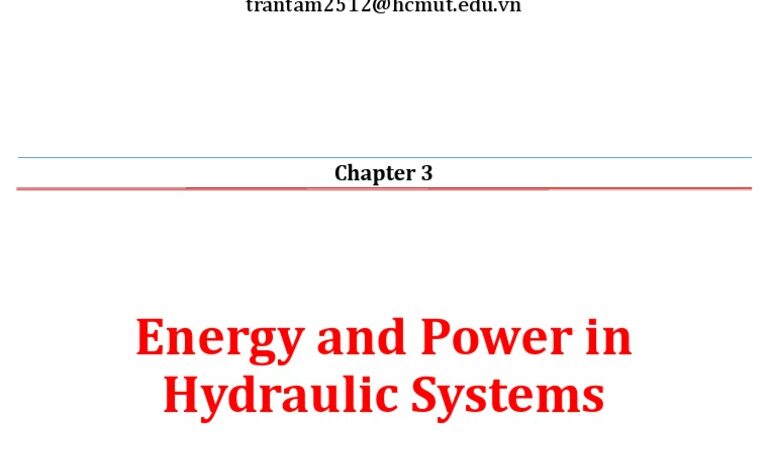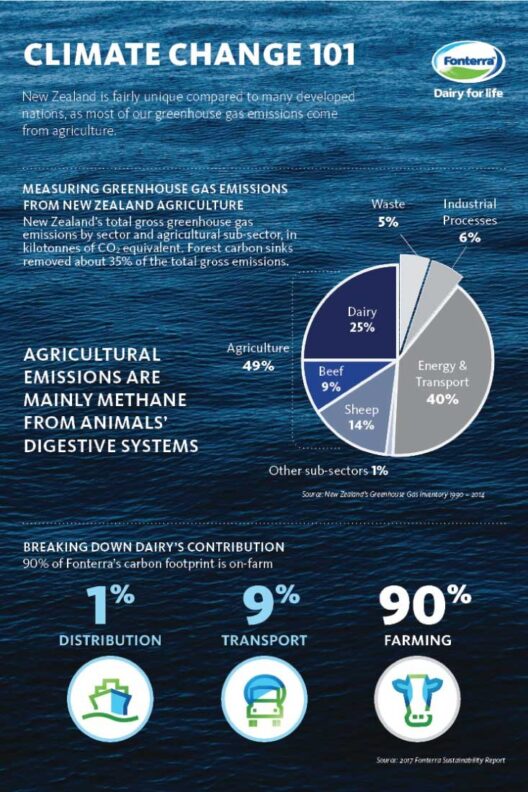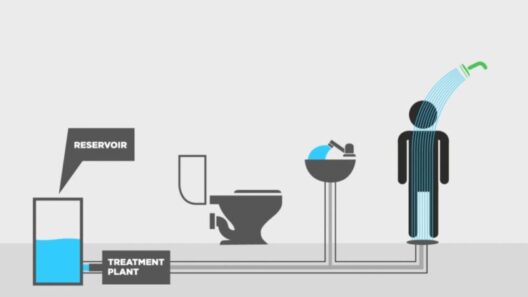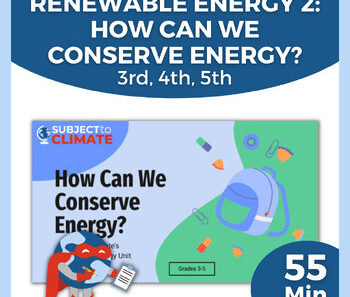In the intricate realm of engineering, there exists a notable mechanism known as a hydraulic system, which serves as a cornerstone for the domain of fluid power. Envision a giant tree, its branches extending far and wide, drawing energy from the sun and expelling carbon dioxide. Likewise, hydraulic systems, through their fluid dynamics, capture and conserve energy, reminiscent of nature’s cycle of preservation and renewal. This essay aims to unravel the complexities of energy conservation in hydraulic systems, highlighting their significance and energy efficiency.
The foundation of hydraulic systems rests upon the principle of Pascal’s Law, which posits that pressure applied to a confined fluid is transmitted undiminished in all directions. This principle is the backbone of energy conservation in hydraulic systems, functioning as an efficient transmitter of power. When external force is applied, the pressurized fluid allows for substantial mechanical work to be accomplished with relatively minimal input. It’s akin to the earth’s gravitational pull, drawing energy from vast reservoirs with an effortlessly elegant mechanism.
To understand how energy is conserved within these systems, one must delve into the components that comprise hydraulic setups. Hydraulic pumps are pivotal, acting as the heart of the system. They convert mechanical energy into hydraulic energy by facilitating the flow of the incompressible fluid—which is often oil. It’s this conversion that initiates the cycle, capturing energy at its source before it can dissipate. Consider a rolling river, constantly flowing and yet retaining its power. Similarly, hydraulic pumps must be designed to maintain a robust flow rate to ensure efficiency and avoid energy waste.
In parallel to this mechanism lies the hydraulic actuator, which can be likened to the branches of our metaphorical tree. Here, the captured hydraulic energy is transformed back into mechanical energy that executes a desired function, be it lifting, pushing, or tilting. The efficiency of this transformation hinges on the actuator’s design. A well-engineered actuator minimizes internal losses, encapsulating energy with the same ferocity as a sponge soaking up water. Furthermore, hydraulic accumulators serve as energy storage units, akin to reservoirs of this liquid power, conserving potential energy that can be released when necessary, further enhancing energy efficiency.
Next, one must consider the types of fluids used in these systems. The choice of hydraulic fluid significantly impacts energy conservation. Commonly utilized fluids include mineral oils and biodegradable alternatives, each possessing unique viscosities and properties that affect flow dynamics. A fluid’s viscosity alters the energy needed to pump it through the system. Thicker fluids may produce greater friction losses, akin to an obstructed artery restricting blood flow. Thus, selecting the optimal fluid is paramount for minimizing energy loss and ensuring the seamless operation of hydraulic machinery.
Moreover, it is opportune to examine energy losses closely. Hydraulic systems, while inherently efficient, can succumb to several forms of energy dissipation: heat loss, friction loss, and leakage. Each of these elements underscores the importance of maintenance and technological advancements in enhancing system performance. Analogous to the nurturing of a delicate ecosystem, vigilant oversight and improvements in hydraulic system design can prevent these losses. Regular checks and the incorporation of precision components can significantly amplify a system’s efficiency, similar to a well-tended garden yielding bountiful harvests through attentive care.
As energy conservation practices become increasingly vital in contemporary discourse, hydraulic systems hold potential for amplifying energy efficiency across diverse industries. From construction to manufacturing, these systems represent an attractive means to achieve sustainable operations. This cross-industry applicability mirrors the versatility of a chameleon, adapting to environmental conditions while retaining its core essence. Innovations such as variable speed pumps and smart controls are paving the way for a new era of hydraulic systems, wherein energy conservation and operational efficiency coexist harmoniously.
In the grand tapestry of energy conservation, hydraulic systems emerge as remarkable protagonists. Their inherent capacity to harness and preserve energy embodies a critical component in the quest for ecological sustainability. By optimizing fluid power technologies and prioritizing efficient design, we can contribute to reducing the global carbon footprint. The focus should not solely rest on immediate applications but also consider the broader implications for a sustainable future. As custodians of our planet, it is our responsibility to embrace practices that not only enhance productivity but also safeguard the environment.
In conclusion, hydraulic systems exemplify the art of energy conservation through their clever utilization of fluid dynamics. By understanding the mechanisms involved, from pumps to actuators and the impact of fluid choice, we can appreciate their role in the broader discourse on sustainability. Each component, much like an ecosystem, plays a vital role in the overall health and efficiency of the system. As innovators continue to refine and enhance these technologies, the potential to conserve energy within hydraulic systems not only augurs well for industries but also propels us toward a greener, more sustainable future. Embracing this paradigm shift offers a beacon of hope in our continuing struggle against climate change, preserving the delicate equilibrium of our Earth for generations to come.








